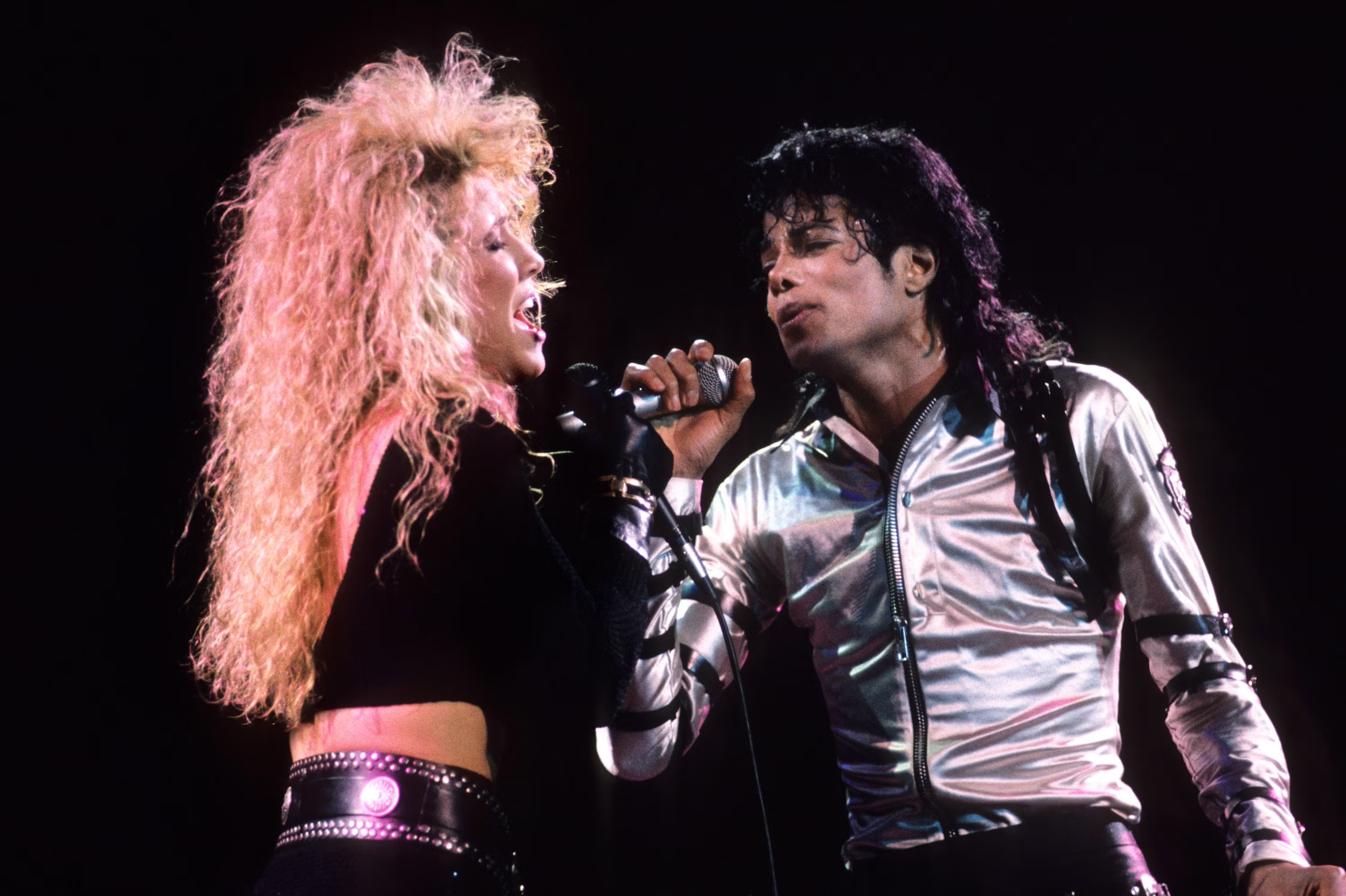
First Anniversary
Published on Dec 17, 2025
Introducing: The IHTOV Zine
Published on Dec 15, 2025
Christmas Music Selections
Published on Dec 14, 2025
The Beastie Boys and Me
Published on Dec 10, 2025
More Liner Notes…
Featured Essay: How Are Sheryl Crow’s Albums Not On Vinyl?
by Adam Blum

It’s a question that should boggle the mind of any music fan: how are Sheryl Crow’s pivotal albums of the 1990s and early 2000s not yet available on vinyl? In an era when the format has been resurrected as a celebration of artistry, the absence of Sheryl’s catalog — albums that belong alongside the best of their time — stands out as baffling and unjust.
Sheryl’s first album, Tuesday Night Music Club, has already been rereleased on vinyl. But her self-titled sophomore album, Sheryl Crow — certified triple platinum within a year of its release, and featuring major singles like “If It Makes You Happy,” “Everyday Is a Winding Road,” and “A Change Would Do You Good” — is not. Neither is 1998’s The Globe Sessions, 2002’s C’mon, C’mon, or 2005’s Wildflower — records that not only hold up but feel designed for vinyl’s immersive experience.
Among them, The Globe Sessions holds a special place in my heart. It’s one of my favorite albums of all time, and it marked my introduction to the power of live music. I vividly remember learning Sheryl Crow would be performing in Phoenix during a family spring break trip in the late 90s. While flipping through a hard copy of Rolling Stone on the plane, I saw the announcement and showed it to my dad, who didn’t hesitate to buy us two tickets. For him, the concert would become infamous as “the show that made me lose my hearing for three days.” For me, it was transformative.
The evening began with “Maybe That’s Something,” a deeper-than-deep cut from The Globe Sessions that Sheryl elevated to once-in-a-career status as the opener. Moody and unresolved, it set the crowd on edge, coaxing them into a world of ambivalence and longing. Songs like “It Don’t Hurt,” which sounds tight and controlled on record, found a looser, grittier life on stage. The epic “Am I Getting Through?” which had piqued interest on my first listen, became revelatory live, while old favorites took on new energy. The setlist was a perfect blend of deep cuts and hits, weaving together the unexpected with the familiar. It was one of those shows that leaves you rethinking the artist entirely—not just a collection of singles but a voice with something deeper to say.
Then came the encore: “Home,” Sheryl’s achingly beautiful ballad, reimagined. At the keys — she was, after all, a piano teacher in a former life — accompanied only by violin and cello, the windswept country-western vibe of the studio version became something intimate and raw, somewhere between chamber music and a home demo. As soon as I could figure out how, I made myself an MP3 of the DVD recording to relive that moment, which I would compare to the original studio recording during repeated listens over many years to come.
That’s exactly why her absence from the vinyl revival feels strange. It’s not just that Sheryl’s albums are great; they’re perfectly suited for the sustained attention accorded to vinyl records. The warmth of her production, the layered arrangements, the organic blend of instruments — it’s the kind of sonic richness vinyl was made to highlight. These aren’t albums you skim through. They’re full, immersive experiences meant for someone who likes to sink into a listening session, needle in groove.

Maybe the problem is that Sheryl defies easy categorization. She’s not a one-genre artist. It’s hard to package her under a single narrative; if Jagged Little Pill or The Miseducation of Lauryn Hill hadn’t been reissued on vinyl, there’d be mass protest. But versatility isn’t a weakness — it’s what makes her catalog endure. Sheryl’s albums deserve a second life on vinyl not in spite of their breadth, but because of it. To me she was never just another artist who churned out radio hits: I wanted to hear all her songs.
When Sheryl said she was no longer interested in making albums because “people don’t listen to records as a full body of work” anymore, it was a telling statement. On one hand, it showed her reverence for the form — her belief that albums should be experienced in their entirety, not treated as collections of singles. But on the other hand, it hinted at a quiet sense of disillusionment, even hurt, about how her work is perceived. She’s undoubtedly aware of her place in music history, yet whatever metrics are informing her bleak vision may not capture the kind of evergreen attention her catalog deserves: the repeated listens to her CDs I’ve savored on long road trips, or countless playlists I’ve compiled from my MP3 collection — exactly the kind of deep, intentional listening that vinyl collectors cultivate.
Sometimes I wonder if Sheryl’s self-perception plays a role. She began her career as a backup singer for Michael Jackson, duetting on “I Just Can’t Stop Loving You” nightly — a feat most artists would consider the apex of their careers. That kind of proximity to greatness can make you second-guess your own worth. More recently, at the Kennedy Center tribute to Bonnie Raitt, Sheryl played backup to Brandi Carlisle’s capable lead vocal on “I Can’t Make You Love Me.” There was Sheryl, key-side, adorning her accompaniment with Bonnie-caliber blues flourishes as swiftly as she transduced the sheet music splayed out in front of her, which she seemed to make a point of reading (once a piano teacher…). I naturally flashed back to seeing her at the keys years earlier, singing “Home,” the gorgeous melancholy of that song—“Now I understand / What it means to give your life / To just one man”—in perfect resonance with Raitt’s own heartbreaking classic.
Is there a way, I wondered, in which Sheryl is most at “home” just off center, a supporting character in her own story, even in the broader history of rock music? Perhaps even her albums are so great because they elude us, in vinyl and in canonical status, threaded by a strain of diminished selfhood?
I doubt it. It’s one thing “to give your life to just one man”; it’s another to write a song about it, let alone a great song that you play and sing. Piano teachers become rock gods (or radio juggernauts) when they channel our inchoate stuckness into glorious music. Sheryl is at her best when she’s punching above her weight, when she’s not-throwing-away-her-shot. (I think of her in another piano position—standing atop it, in heels, wailing Led Zeppelin to close out her C’mon C’Mon era set.)
But like many artists (especially women) who crossed genres and dominated radio, she has been subject to the cultural revisionism of her own success, where ubiquity becomes mistaken for superficiality. Sheryl’s versatility — rock, pop, soul, folk, country, blues — makes her difficult to box into a neat narrative for vinyl collectors or retrospective critics, easy to dismiss as a radio artist, even a sellout.
But Sheryl is the real deal, and so are her albums. Yes, there are challenges — lost masters, marketing questions — but come on. It’s 2025. Can’t we figure this out?
Until someone does, I’ll keep listening the old-fashioned way: digital playlists, scratched-up bootlegs — the excellent Live At The Ryman, mercifully released on vinyl — whatever it takes. Sure, it works. But it’s not quite the ritual Sheryl’s albums deserve. And that’s the thing about great albums: they deserve a ritual. They deserve vinyl.
Adam Blum is a writer from the Bay Area. He is co-author of Here I’m Alive: The Spirit of Music in Psychoanalysis and has written and presented on psychoanalysis and the music of Björk, Frank Ocean, Kendrick Lamar, Aretha Franklin, and Michael Jackson.
I Have That on Vinyl is a reader supported publication. If you enjoy what’s here please consider donating to the site’s writer fund: venmo // paypal. Tips go toward paying writers, an editor and for site maintenance, You can also join the Patreon.

